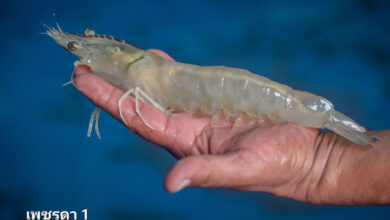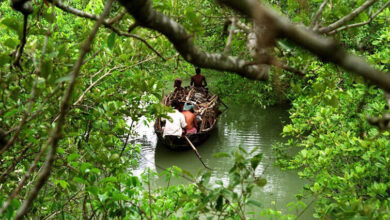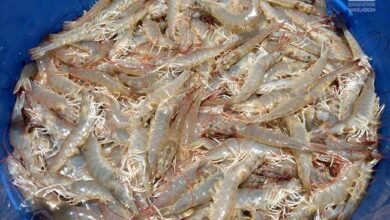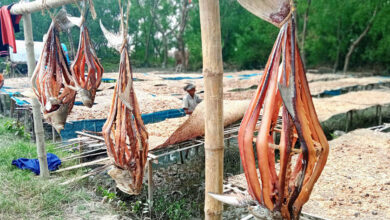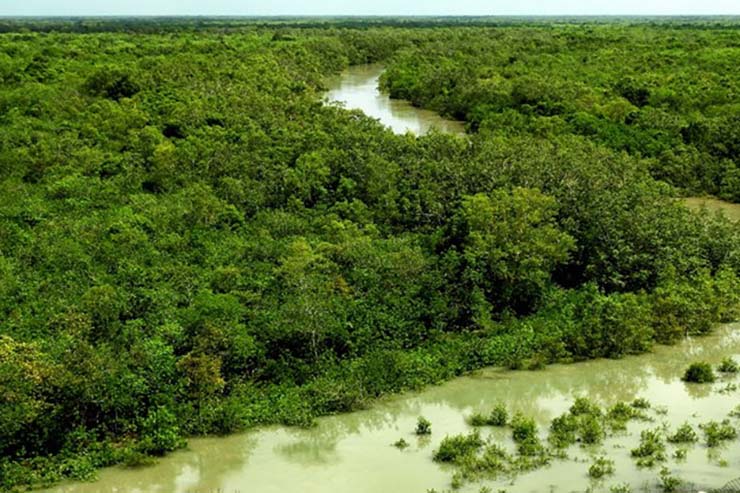
The excavation of 650 km of creeks in the Sundarbans of Indian part made it possible for the entry of fresh water, resulting in the substitution of harmful ‘vannamei shrimp’ farming with freshwater prawns. This transition has helped in the revitalization of the Sundarbans, as well as the promotion of biodiversity and the preservation of livelihoods, irrigation, and rivers.
Sundarbans is the world’s biggest mangrove forest, located partially in the eastern Indian state of West Bengal and partly in Bangladesh. A delta between the rivers Ganges, Brahmaputra, Meghna, and the Bay of Bengal covers 30% of the forest.
Water and soil salinity in the Sundarbans’ area has grown considerably, with forecasts that several portions of the region might reach near ocean-level salinity by 2050. Because of significant siltation, sea level rise, climate change, and excessive aquaculture activities, salt levels in the Sundarbans have been continuously increasing.
Cyclones rose by 26% in the Bay of Bengal around the Sundarbans between 1881 and 2001. Furthermore, research has shown that the incidence of very severe cyclones in the post-monsoon season has increased significantly between 2000 and 2018.
“Salinity has grown at an alarming rate due to sea-level rise, storms, and land subsidence. The Sundarbans terrain is predicted to fragment significantly as a result of climate change, resulting in habitat loss for many endangered species.,” said Tuhin Ghosh, Associate Professor at Jadavpur University’s School of Oceanographic Studies.
Furthermore, shrimp farming has been the most brutal destruction of vast portions of Sundarbans. The number of shrimp ponds created around the outer edge for harvesting shrimp fry reduces the reserve site of the mangrove forest.
Vannamei shrimp, a non-native species, have been substituted with freshwater prawns, which flourish in the newly restored habitat. The rigorous fishing strain feed on prawn fry as well as other essential revering species that breed in coastal areas. It also degrades the environment of coastal habitats.
“The fast spread of brackish-water aquaculture in the Sundarbans create risks on long-term implications such as increased salinity, diminished biodiversity, and socioeconomic impacts,” said Tim Daw, a researcher at Stockholm Resilience Centre, who is one of the authors behind a study recently published in Ambio.
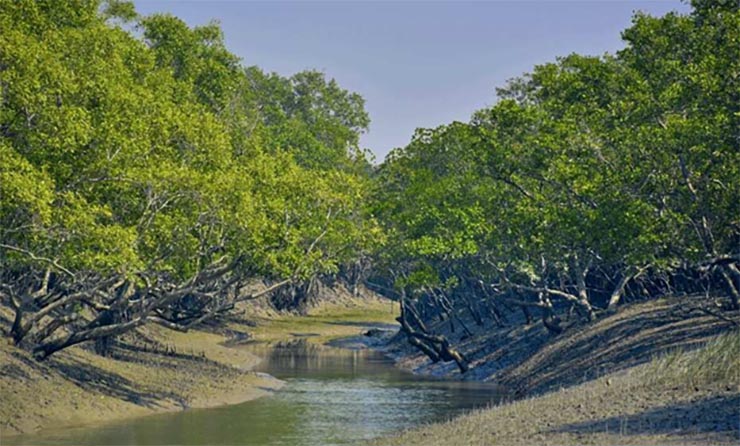
Photo: Collected
To combat such dire conditions, the Indian government has made a brave initiative. As a result, the excavation of the creeks began. The government, on the other hand, got World Bank assistance to expand the excavation operations.
However, creek excavation has improved the flow of fresh water, reduced salinity, and revolutionized farming patterns.
The creeks increased water and sediment channelization has improved water flow and reduced stagnant pools where salt accumulated. These creeks additionally avoid salt water from getting into freshwater systems. Sediment removal from creeks helps to reduce accumulated salts, improving water quality. The creeks also allowed for the growth of giant prawns, commonly known as ‘galda chingri’.
The Indian Sundarbans region has definitely recovered as a result of its embrace of this sustainable creek excavation initiative.
Jaber Bin Abdul Bari
Department of Oceanography, NSTU

